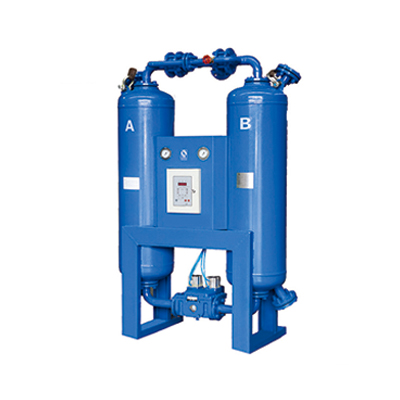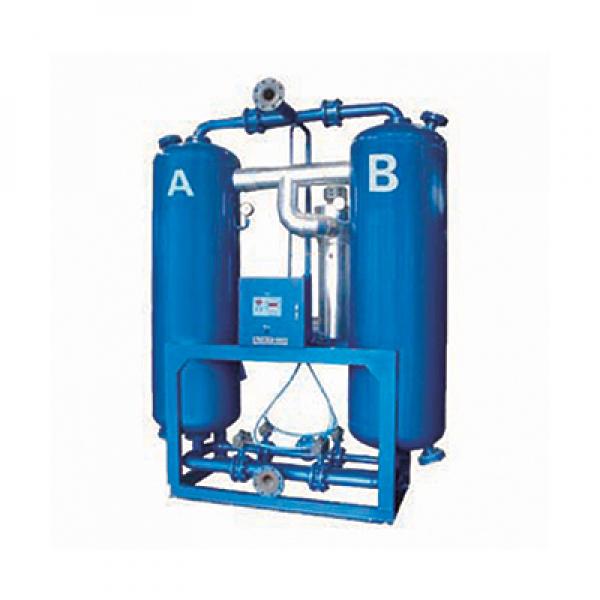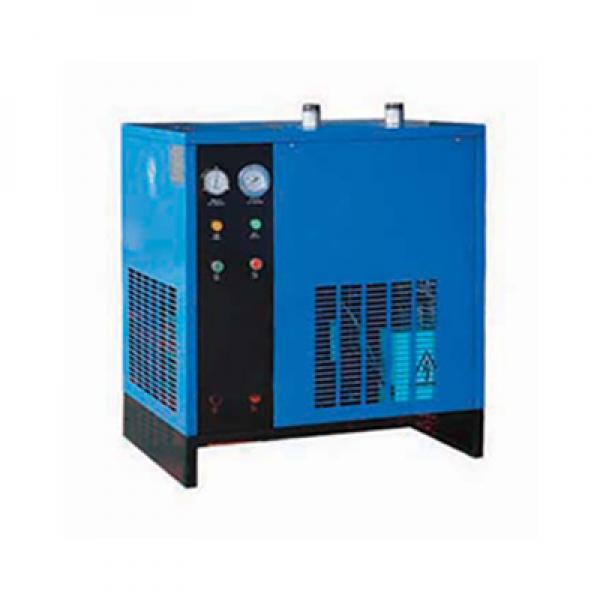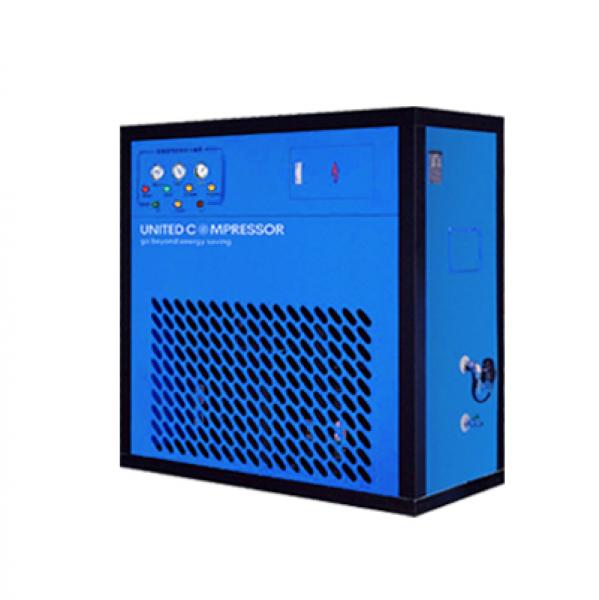Heatless Regeneration Air Dryer
DSH-D Series
- Industries: Sewage Treatment Textile Food & Beverage Medical Transportation Petrochemical Industry Packaging Paper & Printing Pharmaceutical Power Industry Wood Processing Electronics
Description
The use of heatless regenerative air dryers in the compressed air world has increased because of the demand for clean, dry compressed air. Heatless dryers are named because they do not use outside sources for heat. There are many types of regenerative air dryers in traditional industrial applications and clean industries such as medical, electronics, food, semiconductor, and packaging. The two basic categories of regenerative air dryers are heatless, and heat reactivated. In this post, we will focus on heatless.
The Advantages
There are many advantages to using a heatless regenerative air dyer. The greatest one of all is the lower initial cost of the dryer versus other ones. Here are a few more:
· Low maintenance costs
· Lower initial cost
· Capable of achieving low dew points (-73°C)
· High reliability due to simplified design
· Capable of handling inlet air temperatures to 49°C (at reduced capacity)
How These Dryers Work
You may be wondering how exactly these dryers work. Below we will explain how these dryers function and operate.
Maximum Inlet Air Temperature
The maximum inlet air temperature is a very critical factor in using the dryer. The compressed air entering the dryer usually is 100% saturated. Therefore, two factors determine the maximum moisture load that a regenerative air dryer sees:
· Inlet Air Temperature – If the temperature of the compressed air entering the dryer exceeds the design rating of 73°C, the dryer's moisture loading capacity will exceed at maximum load (and the dryer performance will degrade). The extent of the performance degradation will depend on how the inlet temperature exceeds 73°C, compressed air flow rate, and inlet pressure level.
· Maximum Inlet Air Flow – The design rating for regenerative air dryers is 100 PSIG. Air pressure above 100 PSIG will increase the dryer's capacity, while pressures below 100 PSIG will decrease the capacity.
Basic Operation
· The heatless regenerative air dryer, like all regenerative air dryers, is a dual tower arrangement. Each tower filled with desiccant material used to absorb moisture from the compressed air in the online tower while regenerating, and drive moisture off the desiccant in the offline tower. This process is continuous and when properly applied, will provide pressure dew points (PDP) in the range of -40℃ to -73°C. The towers switched from an online to offline state based on a fixed cycle timer set for a 5-minute or 10-minute cycle. The system then expels moisture from the system in the form of water.
Absorption Process
Compressed air discharging from the compressor is 100% saturated at discharge temperatures with the potential to introduce litres of water into the compressed air system. As the compressed air enters the heatless regenerative air dryer, it exposed to the online tower's desiccant bed. The desiccant has a very high affinity for water. Upon contact, the water vapour from the compressed air condenses and is absorbed. As a result, moisture within the compressor reduced. Latent heat of condensation is released as water vapour is concentrated during the adsorption process (exothermic reaction), raising the desiccant bed fro -12°C to -7°C. The duration of the adsorption phase in the online tower is a fixed time of 5 minutes, matching the regeneration phase's period on the offline tower. Just before tower switchover, the offline tower will pressurise to line pressure and the purge air will be off. Upon completion of the re-offline tower's re-pressurisation, towers will switch to provide continuous drying.
Share:
Related Product
Low Heat Regeneration Air Dryer
DSG-D Series
Heatless Regeneration Air Dryer
DSH-D Series
Refrigeration Air Dryer (Water Cooling)
DSW-D Series
Refrigeration Air Dryer (Air Cooling)
DSA-D Series





